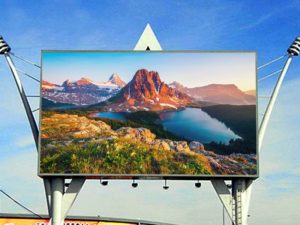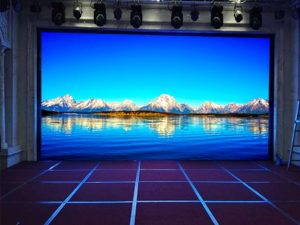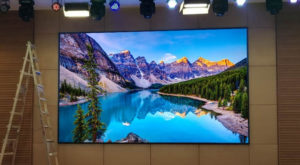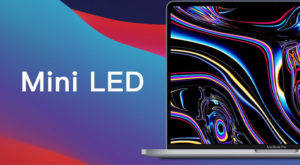Users can easily see products equipped with LED screen technology everywhere on various devices. Most people often have vague concepts about this screen technology. In the article below, we will learn about it in detail together!
What is LED screen technology?
LED (Light Emitting Diode) screen is a type of flat screen that uses an array of light-emitting diodes as pixels for displaying video and does not require a backlight. The size of this type of screen can be up to 1,070 m2, but the resolution may be low when manufacturers assemble small screens together.

The advantages of this type of screen
Minimizing energy consumption
LED lights emit a “cool light” and generate very little heat compared to other lighting technologies, resulting in less energy waste. LED lights are available in all colors and, with suitable mixing schemes, can produce billions of colors.

Even brightness distribution is excellent
LED screen technology provides excellent even brightness to enhance and improve the user experience. Essentially, this means that the internal structure and position of the backlight allows it to distribute light more evenly across the screen to create high definition display capabilities.

Long lifespan
According to manufacturers, the lifespan of LED display screens can reach up to 100,000 hours (equivalent to nearly 12 years of use). However, this lifespan is determined by experts when the screen is used according to instructions and maintained properly and on schedule.
Low hazardous components
LED backlight technology does not contain any hazardous substances such as mercury or lead, making it environmentally friendly. This is very useful when manufacturers are not overly concerned about the issue of disposing of devices after they are no longer in use due to damage.
The accompanying disadvantages.
The biggest issue with this type of screen is that its brightness is too high, causing light pollution at night or even during the day. However, this issue can be addressed by incorporating automatic light sensors within the device, which helps optimize light control, reduce light pollution, and save energy.
Previously, this type of screen was considered to be expensive, but nowadays with the emergence of many new screen technologies, LED screens are no longer considered to be high-end and expensive. They are often integrated into affordable product screens (such as phones, tablets, laptops, etc.) or integrated into new screen technologies to take advantage of their inherent advantages.


